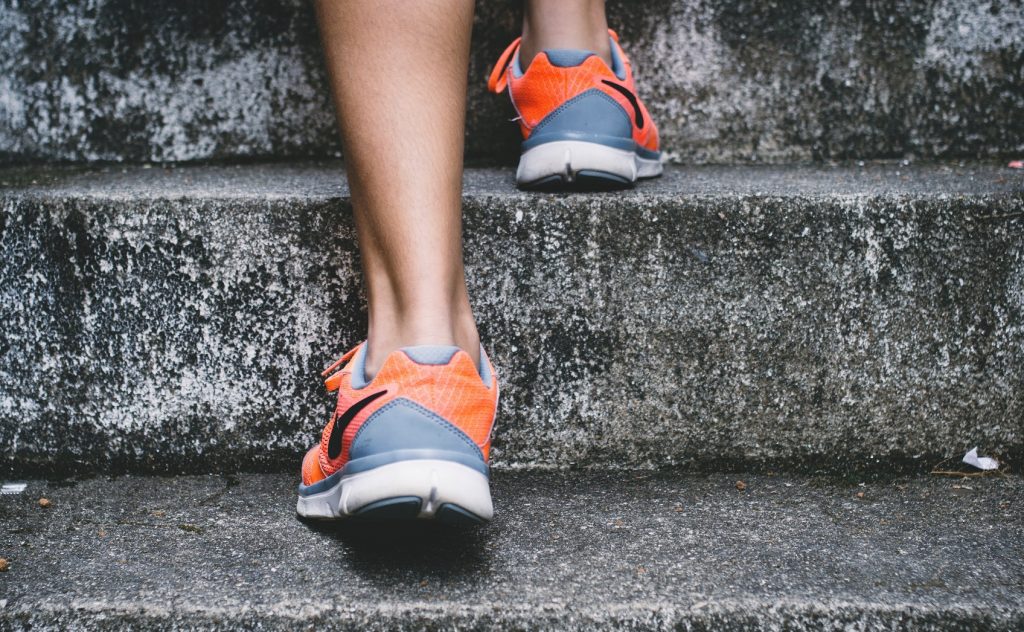
It is commonly thought that ankle sprains are a minor injury, which usually resolve fully and quickly. While this is sometimes the case, research shows that 64% of people who sprain their ankle report ongoing problems 12 months later! The main complaints we see for a “problem” ankle are swelling after activity, loss of normal range of movement, recurrent sprains, tendon pain, inability to participate in high level sport and feelings of instability.
Why? The list of possible injuries that can come from rolling an ankle is rather long, both for acute injuries and persistent ankle pain … tears of the 3 outside ankle ligaments (ATFL, CFL, PTFL) or the inside ankle deltoid ligament; osteochondral lesion (bony / cartilage bruising) of the talus; high ankle sprain (syndesmosis injury); fractures of the ankle malleoli, navicular or base of the 5th metatarsal; tendon strains or rupture/dislocation of tibialis posterior or peroneal tendons; chronic instability; subtalar joint sprain; joint synovitis; tenosynovitis; sinus tarsi syndrome; anterior/posterior impingement.
Most people don’t get the right diagnosis (or any diagnosis) or just get an incomplete one on the sideline immediately after the injury. Fortunately, with the correct diagnosis and treatment the majority of ankle injuries can be treated non-surgically by physiotherapy. Early intervention is the best management. Unfortunately a lot of poorly managed or misdiagnosed ankle injuries present to our clinic, often months or years after the initial injury. These people have ongoing symptoms and limitations, which leads to frustrated and uncertainty about why it isn’t getting better. The main problem is difficulty competing in sport or doing regular exercise.
There is hope! We can help you accurately diagnose the problem and design a specific intervention. Many of our problem ankle cases have had a full resolution and are now symptom free. So if it’s you, a team mate, friend or family who are struggling with a non-resolving ankle injury get it assessed – get it treated – get back to sport and exercise!
To read more about foot and ankle pain click here.
